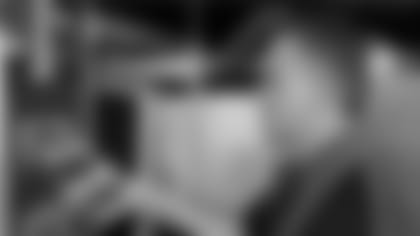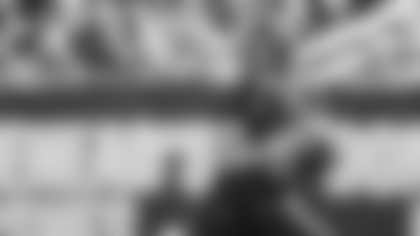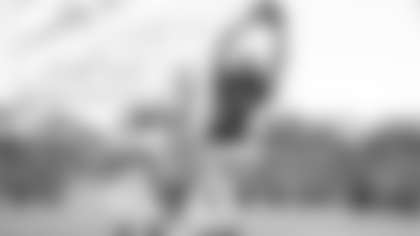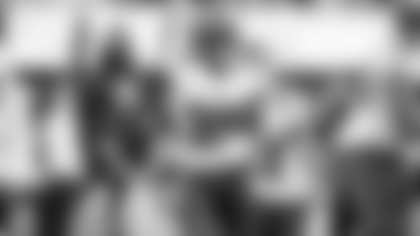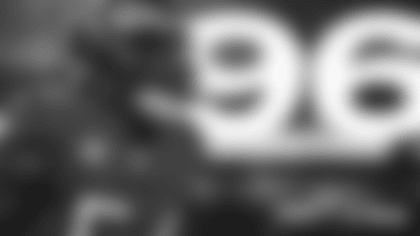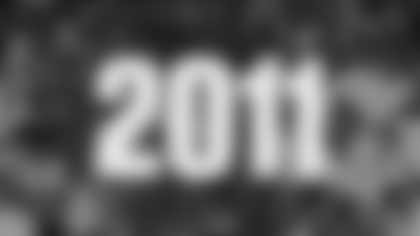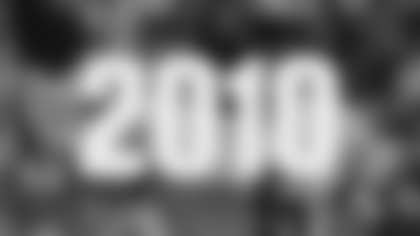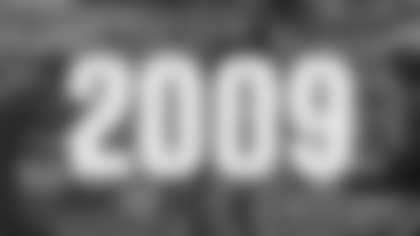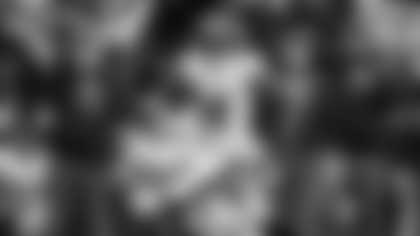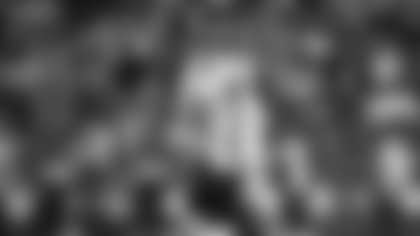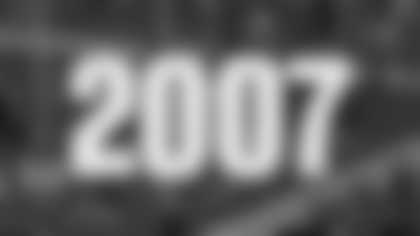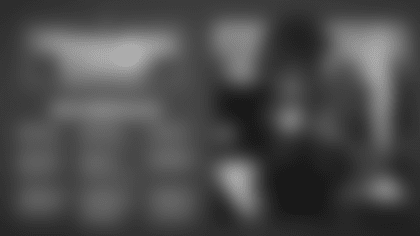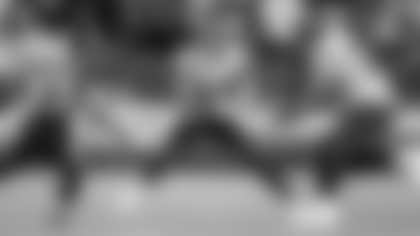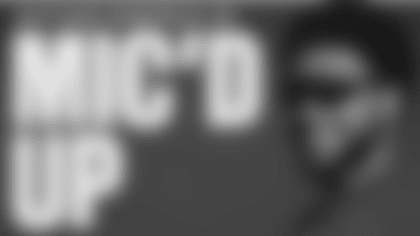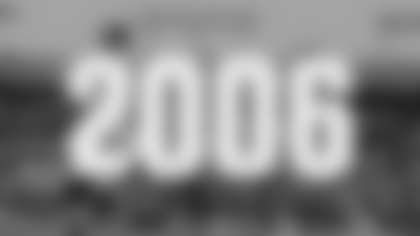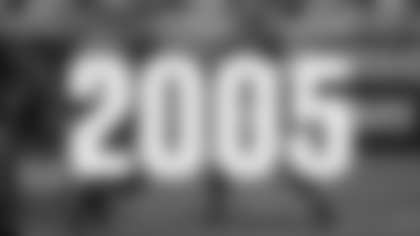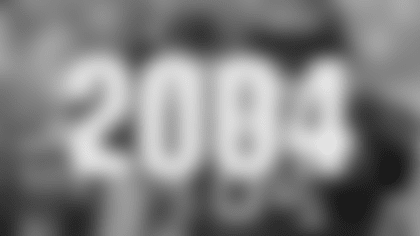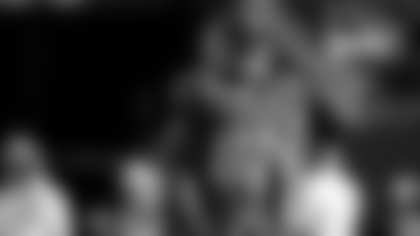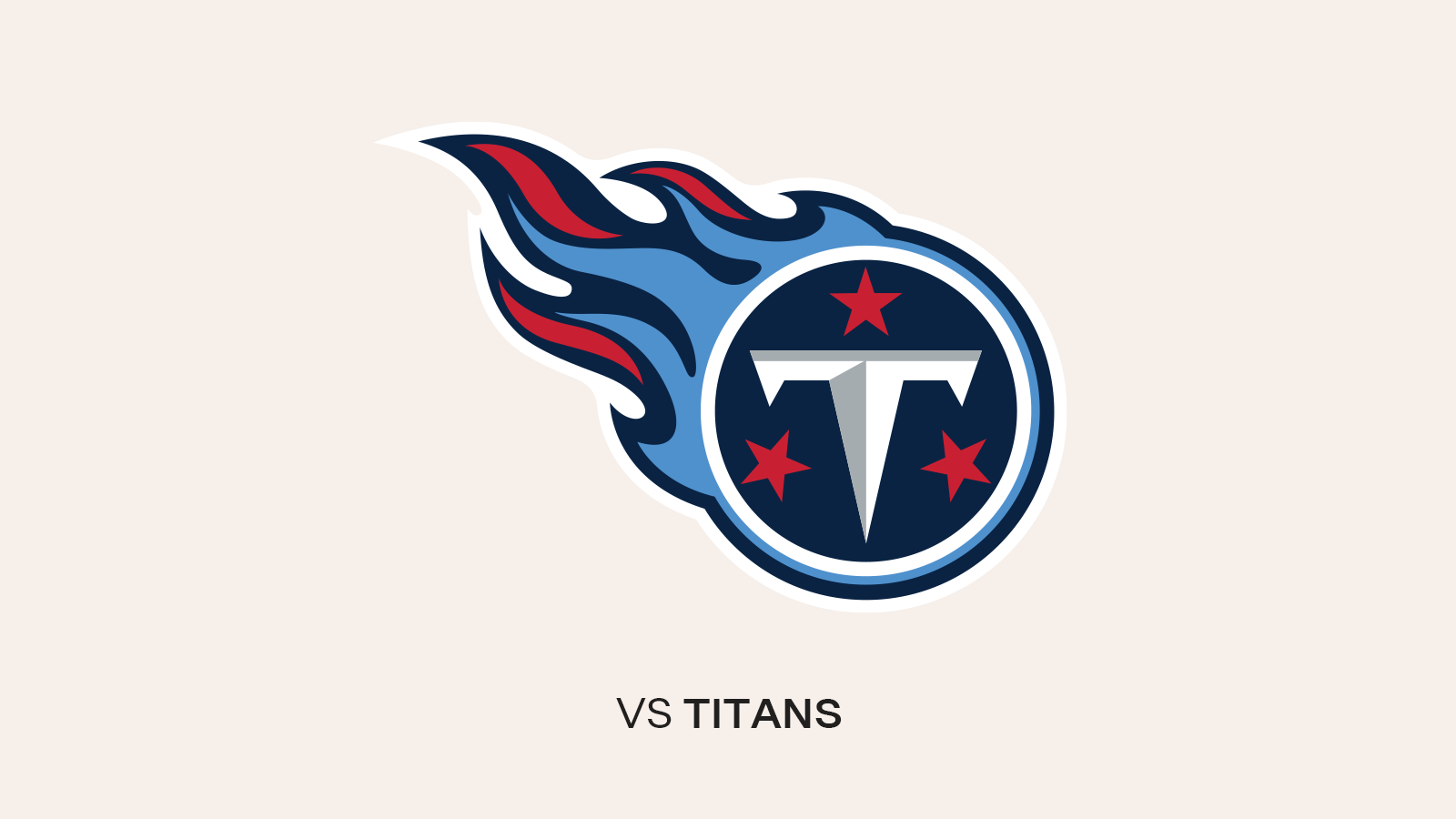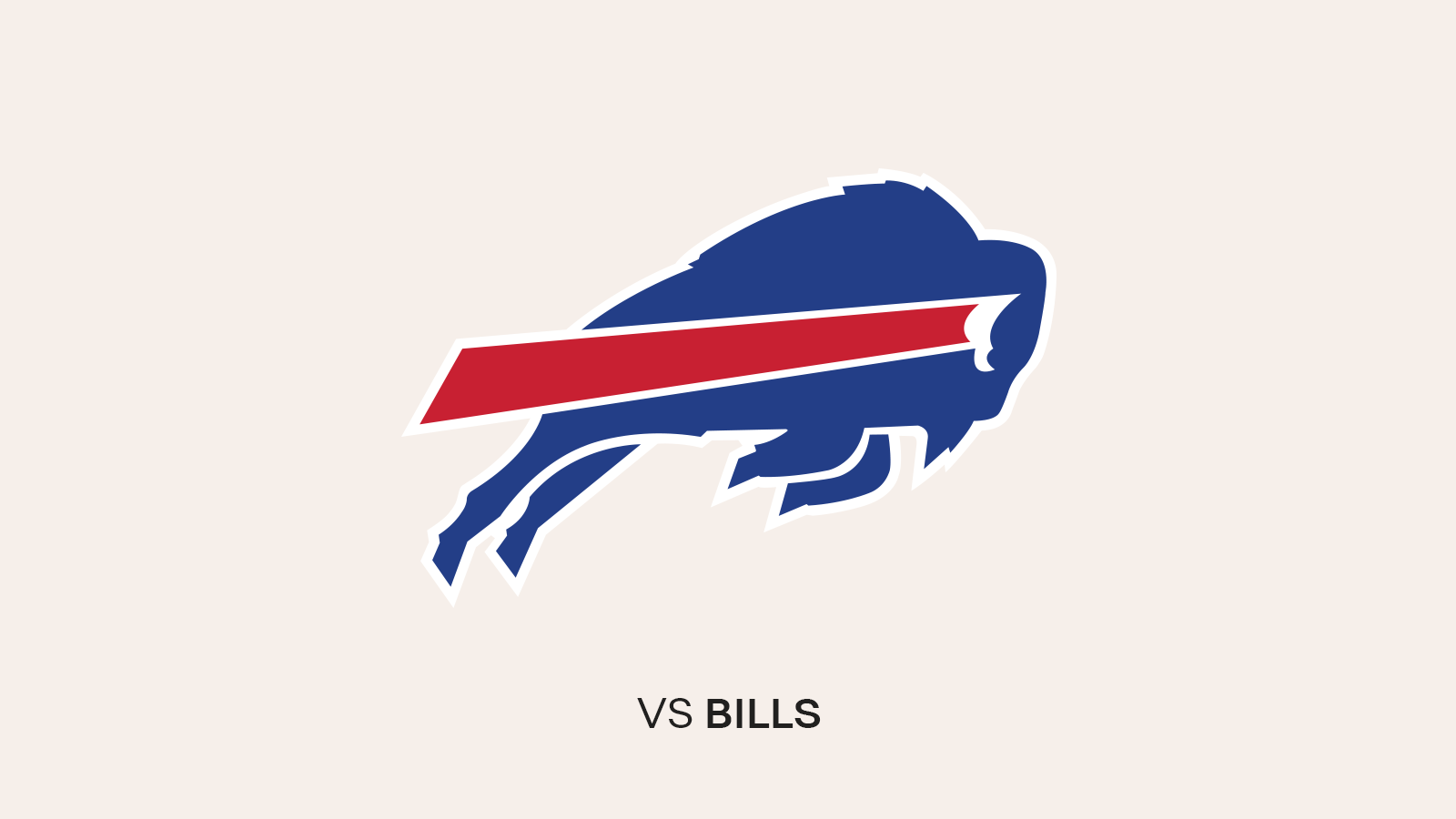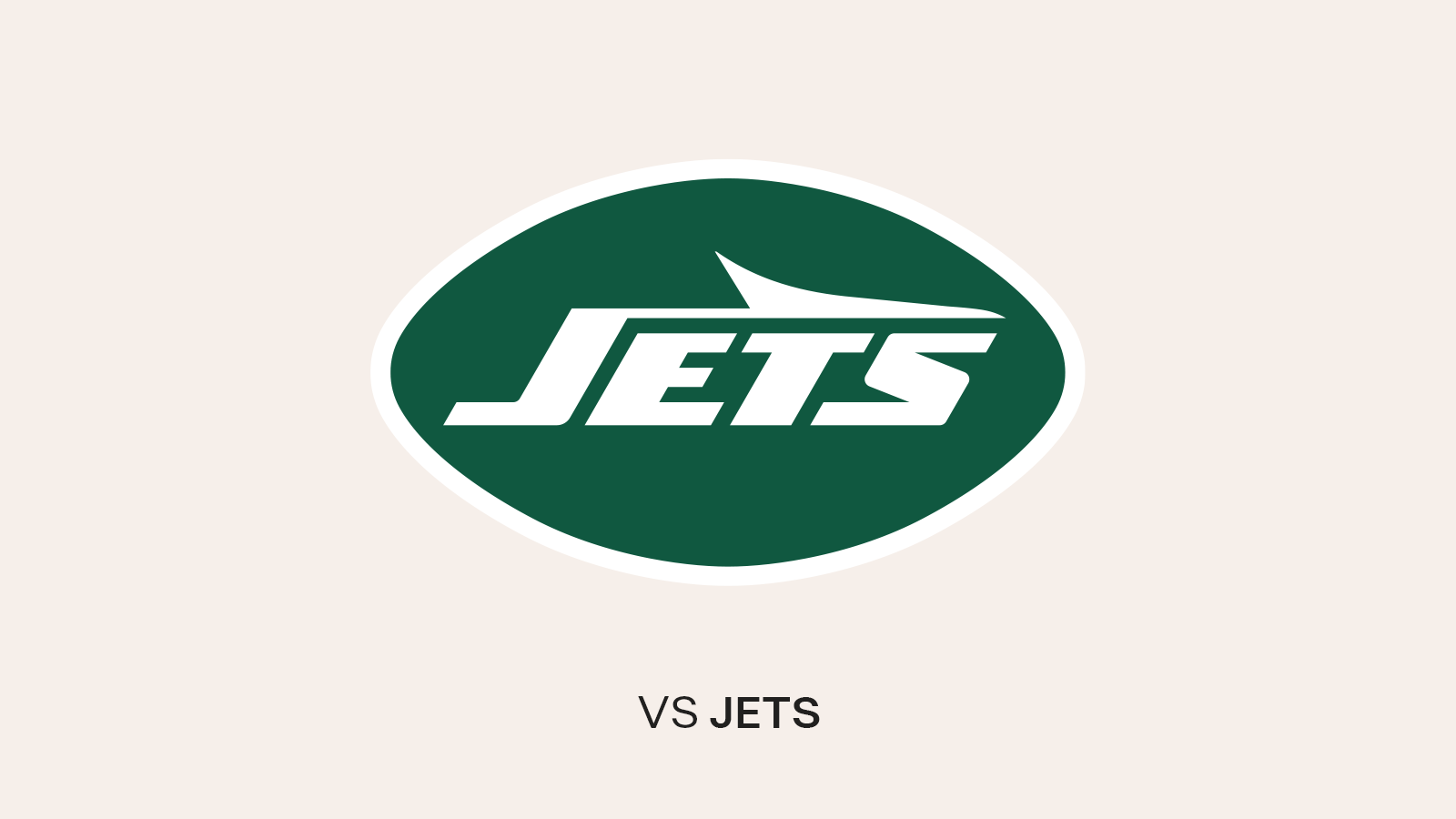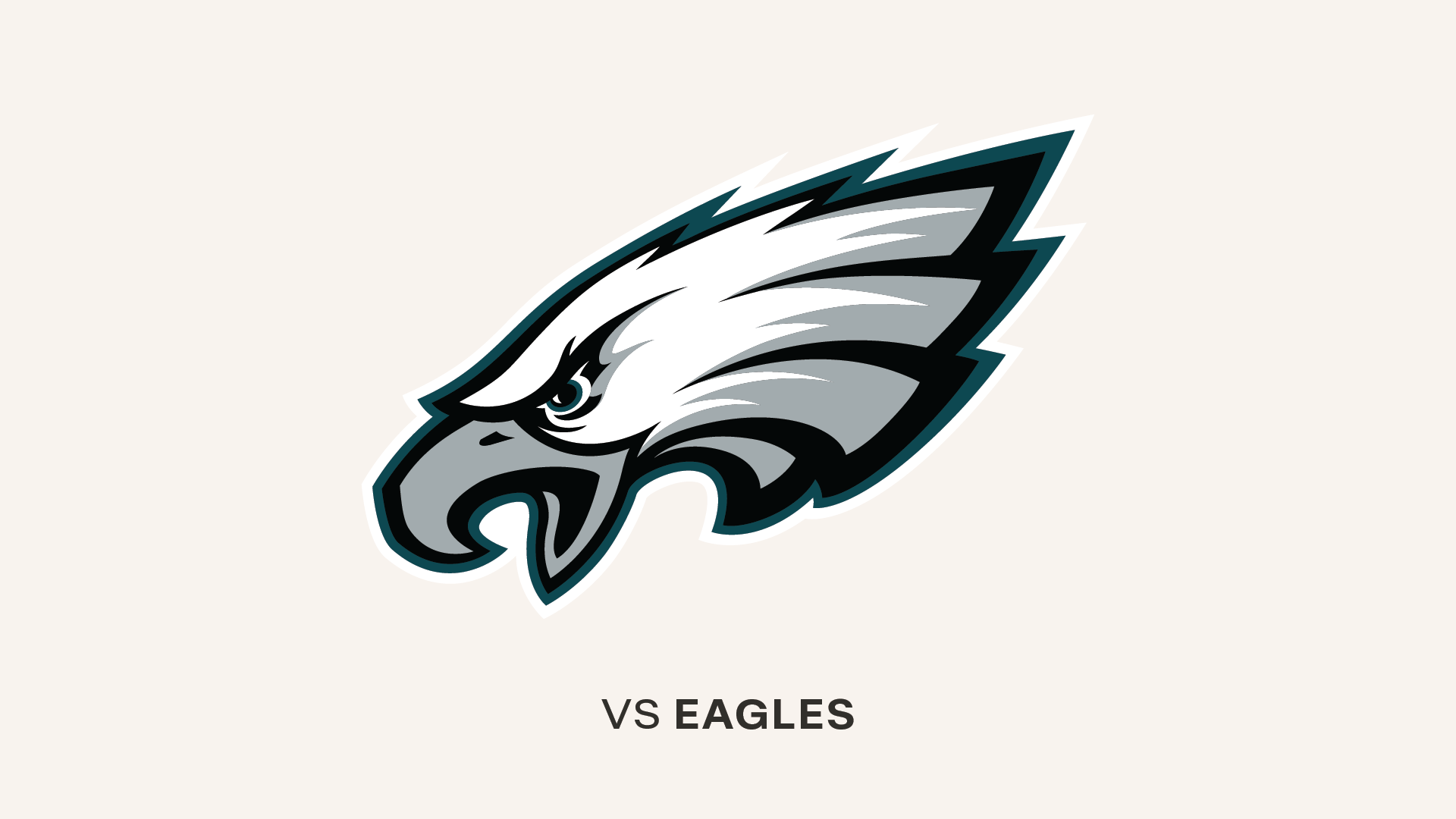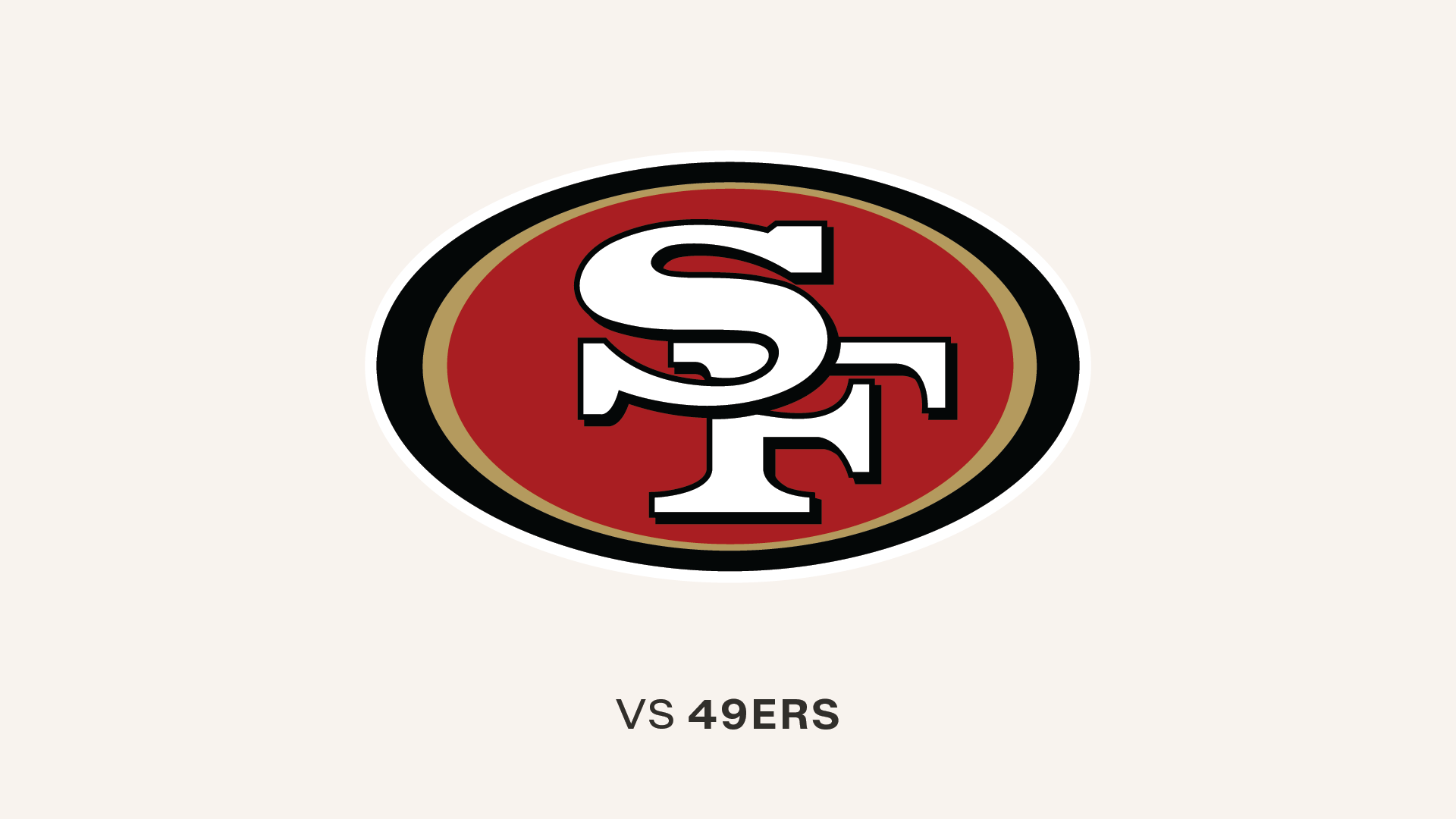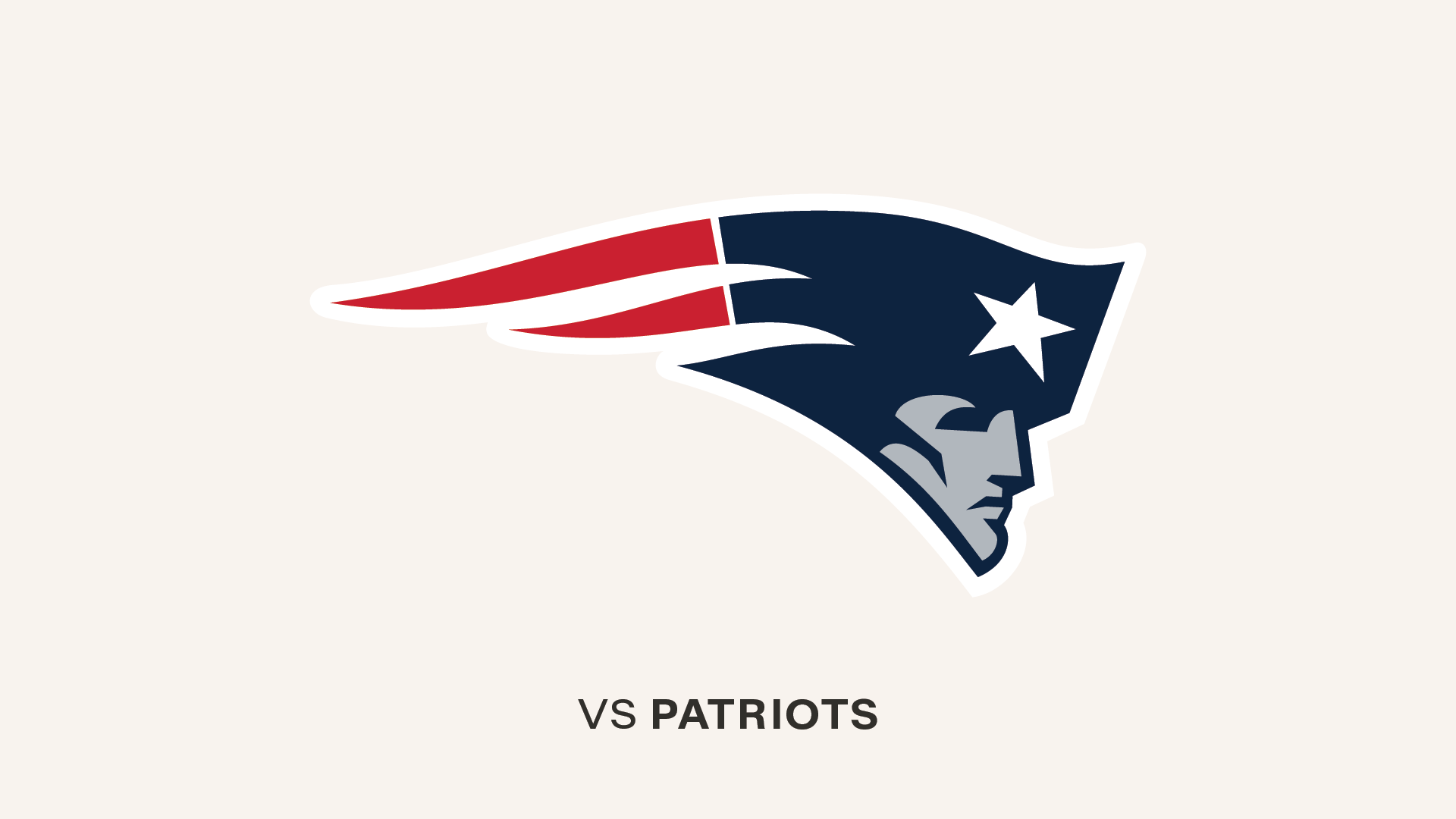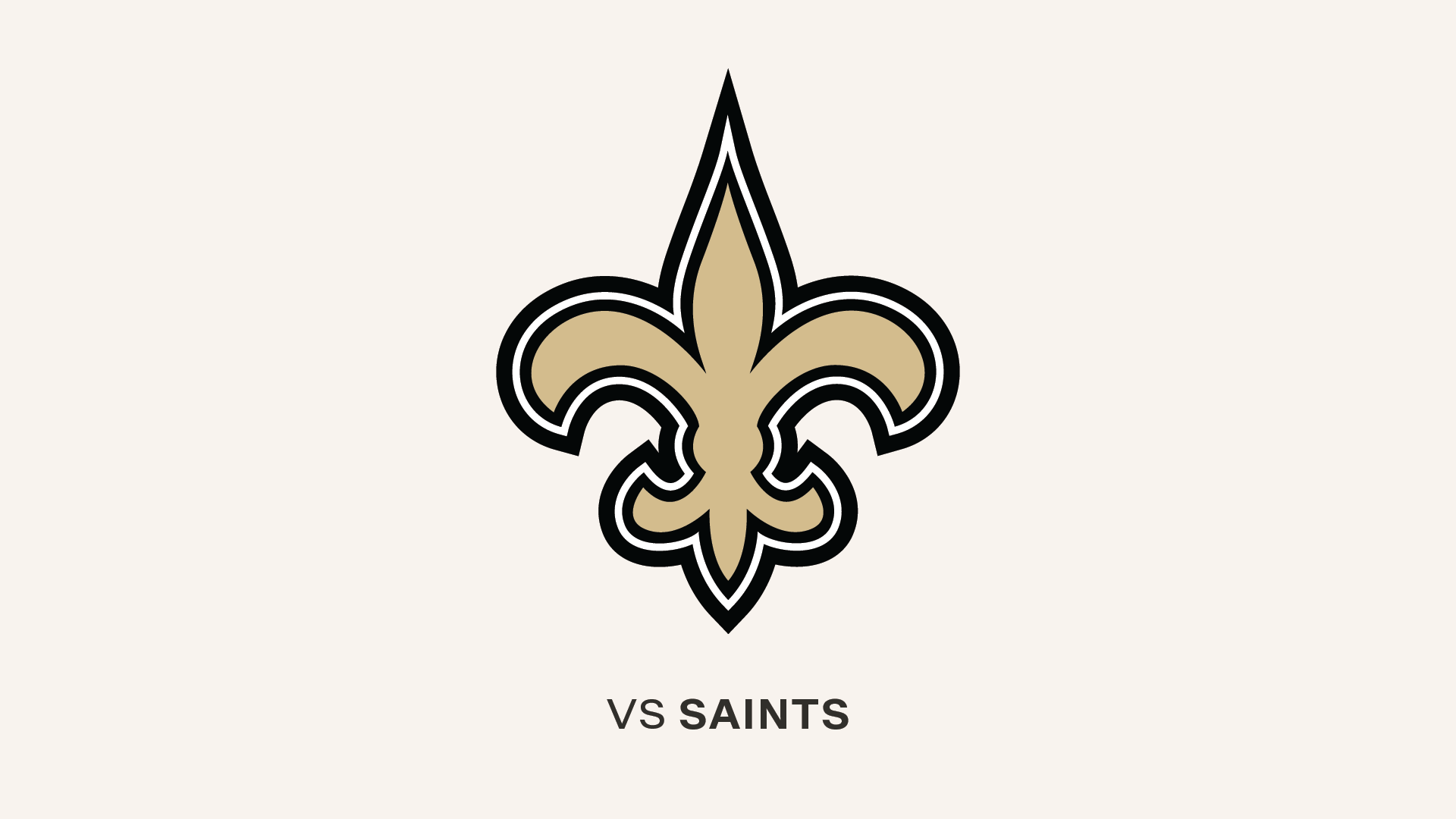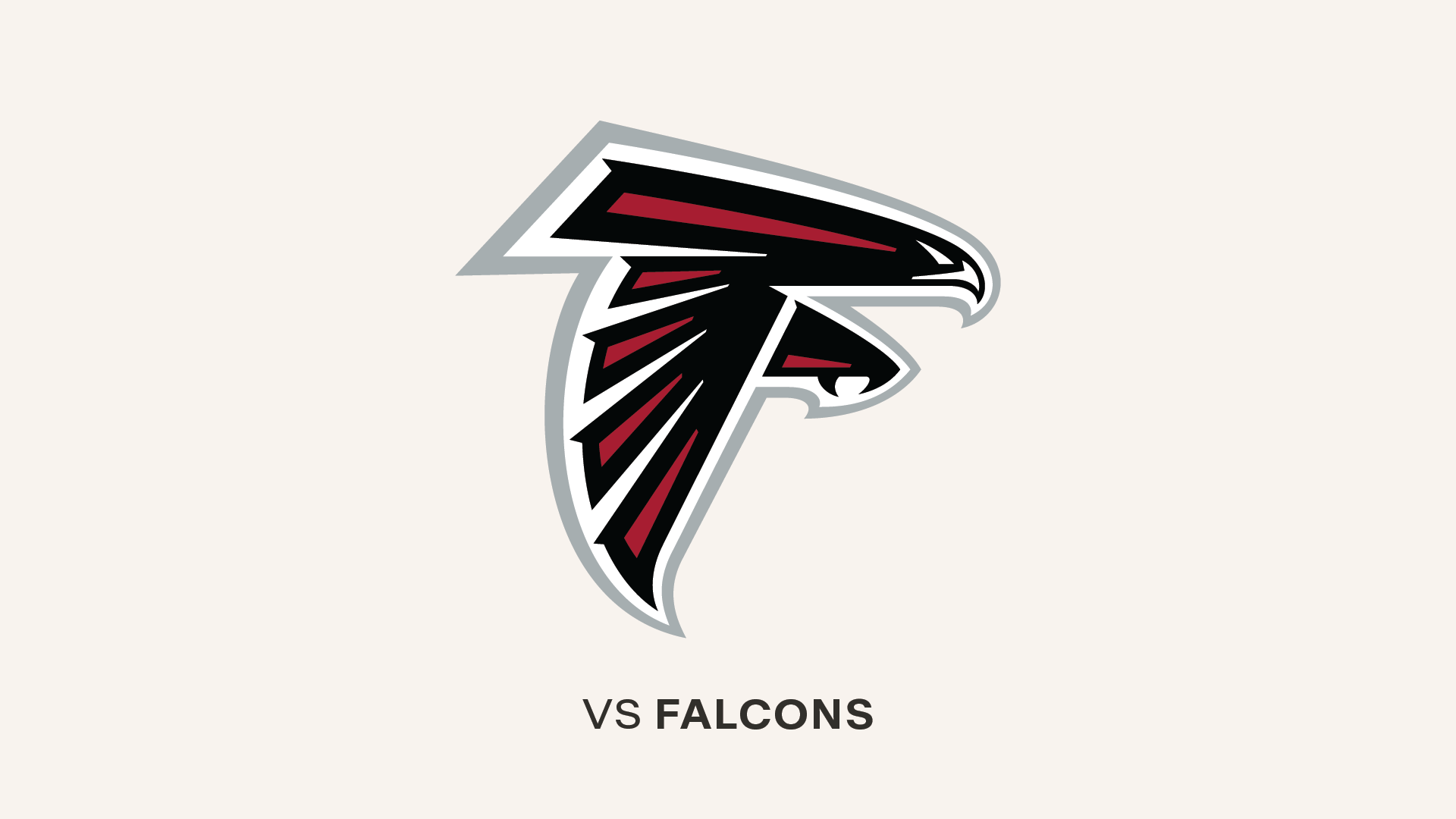Buccaneers Video Director Dave Levy supplies some of the coaches' favorite equipment on game days
Perhaps, while watching a network broadcast of a Tampa Bay Buccaneers game, you've caught a quick glimpse of this sideline scene:
Head Coach Tony Dungy, or one of his assistants, is handed a wad of slightly-crinkled paper from a runner. Coach surveys sheet, speaks quickly on headphones, tosses sheet aside. Repeat scene a few minutes later.
Have you wondered just what's going on in this communiqué?
The answer is a bit of high-tech scouting. Coaches and players are taught to recognize enemy sets and formations immediately, but the human eye is limited. NFL teams back nature up with a bank of video printers designed to provide quick snapshots of formations. As the Bucs' Video Director, Dave Levy, explains, most clubs use a quartet of these machines to make sure every coach is satisfied.
"We have two machines in the coaches' booth, two on the field, with one person on each pair of machines. In each set, one is used for the sideline shot and one for end zone shot."
The video printers are capturing moments from a live feed coming from the two team cameras operated by Levy (sideline) and Assistant Director Pat Brazil (end zone). The assistants on the machines need two bring two basic qualities: focus and a quick thumb.
"We take pictures of every play on each machine," said Levy. We snap two pictures of the sideline shot and two pictures of the end zone shot, one right before the snap and one right after the snap. The coaches look at them for changes in formations and such."
In other words, an image is captured from the feed right before the ball is snapped, giving a look at what formation the opposing offense or defense is in. By taking another shot just after the snap, the coaches can also see what direction each player is going in out of that formation.
This same process is used both at home and on the road, and each team brings its own equipment in order to make it happen. The process has slowly expanded from one machine in the coaches' booth to two and then down onto the sideline. The latter is a fairly recent development, roughly the mid-90's, and it's a response to the need to give equal accesses to coaches upstairs and downstairs.
"We were doing it when I first got here in '88," said Levy of the image captures, "but we had just one machine in the coaches' booth and we just did the sideline shots.
"When we just had them upstairs, they'd look at them up there, then we'd have runners take them down to the field. Now, we have them on the field and in the coaches' booth. They can look at them in both places and discuss what they see in the pictures. They get them quicker and, if (offensive coordinator) Les (Steckel) sees something, he can point it out to (Quarterbacks Coach) Clyde (Christensen) on the field and Clyde can be looking at the same picture."
Of course, the idea of looking for an edge on scouting your opponent is nothing new in the NFL. It's the system now in place that has made the process much smoother. The previous approach: Polaroid cameras and lots of film.
Levy and his crew are responsible for the packing, unpacking and movement of all this machinery, on top of their basic equipment for shooting the game video. They employ several extra game day helpers and runners to accomplish the task, adding time, manpower and equipment to their basic duties. There's really no way around it now, though. The coaches are hooked.
"I think if you took it away," said Levy, "they'd be pretty upset."


